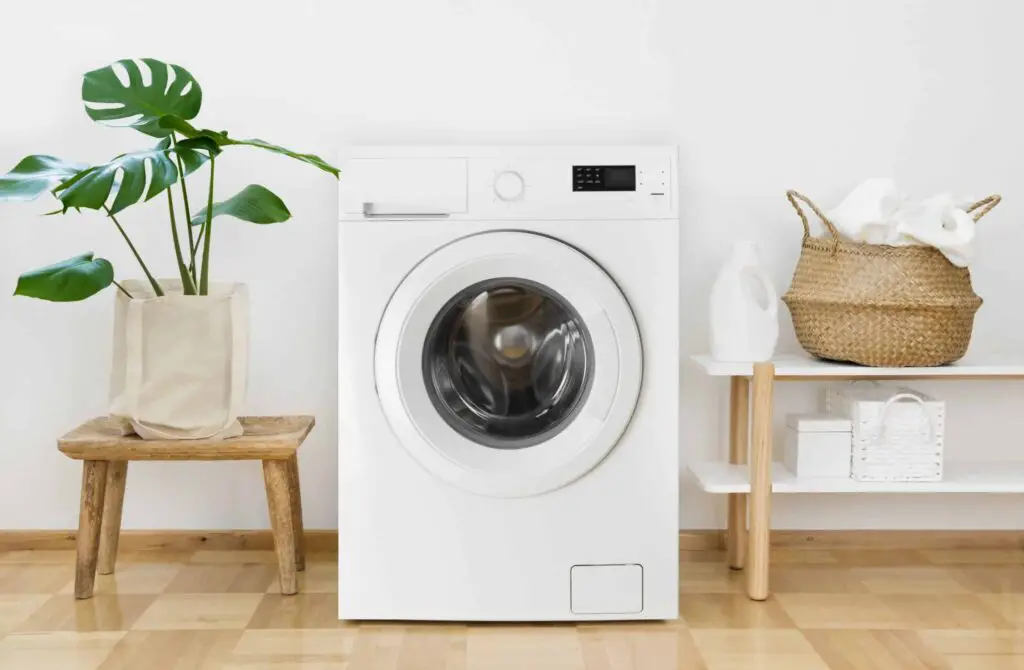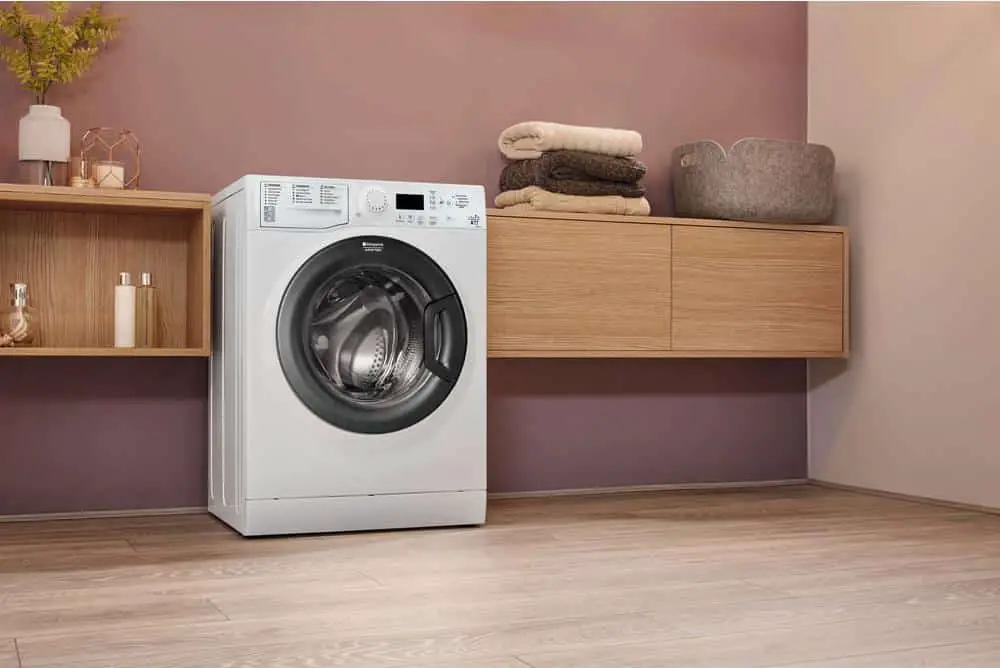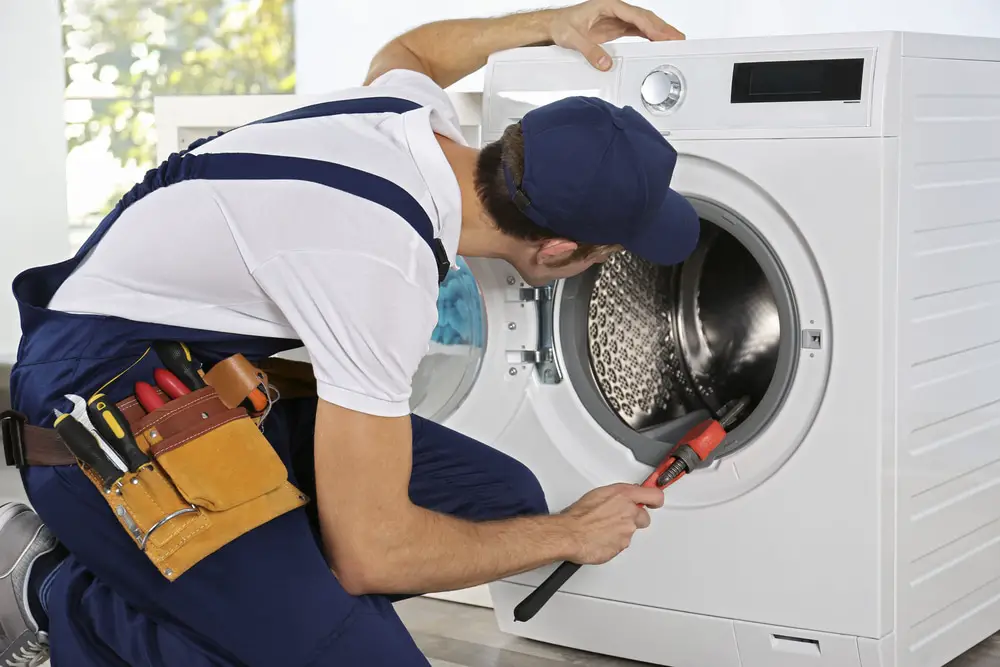How To Plumb For A Washing Machine
Introduction
How To Plumb For A Washing Machine: Installing a washing machine in your home can bring convenience and efficiency to your laundry routine. However, before you can enjoy the benefits of this modern appliance, it is crucial to ensure that your plumbing work is properly set up to accommodate it.
To begin with, it is essential to locate the ideal spot for your washing machine. Look for a space near existing plumbing connections, such as a utility room or a bathroom, as this will simplify the installation process. Once you have chosen the location, it’s time to gather the necessary tools and materials. These typically include adjustable wrenches, a tape measure, a utility knife, Teflon tape, and the washing machine hoses.
Before proceeding, it’s important to shut off the water supply to the area where you will be working. This ensures safety and prevents any potential leaks during the installation process. Next, you’ll need to connect the washing machine hoses to the water supply valves. Check that the hoses for both the hot and cold water sources are attached properly.
To prevent leaks, it is crucial to apply Teflon tape to the threaded ends of the hoses before attaching them. This helps create a watertight seal and ensures a secure connection. Once the hoses are attached, check for any leaks by slowly turning on the water supply valves.
Plumbing for a washing machine involves connecting the water supply and drain correctly to ensure efficient and safe operation. By following the steps outlined in this guide, you can confidently install your washing machine, allowing you to enjoy the convenience and effectiveness it brings to your laundry routine. Remember to always consult the manufacturer’s instructions and local plumbing codes to ensure compliance and safety.

Can you plumb in your own washing machine?
Plumbing in a washing machine is a task that can be tackled by most DIYers. Even if you have never had the pleasure of pursuing such a job, our step-by-step will guide you through what you need to know. This is as long as you are plumbing in a washing machine in the same place as your old one.
Shut off the water supply to the area where you will be working to ensure safety and prevent any potential leaks. Connect the washing machine hoses to the hot and cold water supply valves, making sure to apply Teflon tape to create a watertight seal. Check for any leaks by slowly turning on the water supply valves and tighten the connections if necessary.
Next, connect the washing machine’s drain hose to a suitable standpipe or drainpipe. If you want to avoid flooding, the standpipe needs to be installed so that it is at least 18 inches above the trap. Securely attach the drain hose without any kinks or bends.
Throughout the installation process, it’s important to follow the manufacturer’s instructions specific to your washing machine model. Additionally, consult your local plumbing codes to ensure compliance with regulations in your area.
Does a washing machine need special plumbing?
If you do not have designated plumbing for your washing machine, you can hook it up to a sink instead. Use a sink aerator thread to hose connection adapter to attach the water supply hose to the sink faucet. The adapter connects to the faucet and the hose connects to the adapter.
A washing machine does not typically require special plumbing, but it does require specific plumbing connections and considerations to ensure proper functionality and prevent potential issues. While the plumbing requirements for a washing machine are not overly complex, they differ from standard plumbing fixtures like sinks or toilets.
One essential aspect is the water supply connections. A washing machine typically needs both hot and cold water connections. These connections usually require standard threaded fittings or compression fittings. It’s important to ensure that the water supply valves are in good working condition and can handle the water pressure required by the washing machine.
Another crucial consideration is the drain connection. A washing machine needs a drainpipe or standpipe to remove wastewater. The drainpipe should be of sufficient size to handle the volume of water discharged by the machine. Additionally, the height of the standpipe is crucial to prevent backflow and potential flooding. The standard height for a standpipe above a trap is 18 inches.
Can I plumb the washing machine into the sink?
You can connect your waste pipe to the sink using a hook. This is an excellent option for those who want to save money but don’t have access to the plumbing in their home. If you are doing this, it’s essential to ensure no leaks or clogs between your sink and drain pipe.
Plumbing a washing machine into a sink is possible in some cases, but it depends on the design of your sink and the availability of suitable plumbing connections. Here are some key considerations to help you understand if it’s feasible to plumb your washing machine into the sink.
Sink Design
Most standard kitchen or bathroom sinks are not equipped with the necessary plumbing connections to handle the water intake and drainage required by a washing machine. However, some utility sinks or laundry sinks may have the appropriate fittings.
Water Supply
To plumb a washing machine into a sink, you need a source of hot and cold water. Typically, sinks have only a single faucet, which may not provide the necessary hot water supply. Additionally, the water flow rate from a sink faucet might not be sufficient to meet the washing machine’s requirements.
Drainage
Proper drainage is crucial for a washing machine. Sinks typically have a smaller drainpipe compared to what a washing machine requires. This can lead to slow drainage, blockages, and potential overflow if not addressed correctly.
Modifications and Compatibility
Plumbing a washing machine into a sink might require modifications to the sink and additional plumbing connections. You may need to install a Y-adapter or a splitter to accommodate both the sink faucet and the washing machine hoses. It’s important to ensure compatibility between the sink and washing machine connections to avoid leaks or compatibility issues.
Local Codes and Regulations
Before attempting to plumb a washing machine into a sink, it’s important to check your local plumbing codes and regulations. Some areas may have specific requirements or restrictions regarding plumbing configurations, and it’s crucial to comply with them for safety and compliance purposes.
Do washing machines have 2 pipes?
The washing machine has hookups for two water lines on the back, one for hot water and one for cold. These lines are hooked up to the body of a solenoid valve.
The hot water pipe is connected to the hot water supply valve, which is typically connected to a hot water source such as a water heater. The cold water pipe, on the other hand, is connected to the cold water supply valve, which is connected to the main water line or a separate cold water source.
The presence of two pipes allows the washing machine to access both hot and cold water as needed, depending on the selected wash cycle. This provides flexibility in temperature control and allows for different washing options.
Having separate hot and cold water pipes allows the washing machine to adjust the water temperature according to the selected wash cycle. For example, if a hot water cycle is selected, the washing machine will draw water from the hot water pipe. Conversely, if a cold water cycle is chosen, the machine will draw water from the cold water pipe. Some washing machines also offer a warm water option, which uses a mix of hot and cold water.

How do you drain a washing machine without plumbing?
If you have a drain pump filter only, place the shallow container up against the machine, directly under the filter, to catch the water. Turn the knob slowly until water starts coming out. Fill the container, turn the knob off, dump the water into a sink or basin, and repeat until the water has been drained completely.
If you find yourself in a situation where you need to drain a washing machine but don’t have access to traditional plumbing connections, there are alternative methods you can employ. While these methods may not be as convenient as having dedicated plumbing, they can serve as temporary solutions or workarounds in certain situations.
Gravity Drain
One option is to use gravity to drain the washing machine. Place the washer near a window or an exterior door that opens outward. Attach a hose to the washer’s drain hose and direct it outside through the window or door. Ensure that the hose is securely attached and properly positioned to prevent leaks or spills. As the water drains from the washer, it will flow out through the hose and onto the ground.
Bucket or Container
If you don’t have access to a suitable outdoor location, you can manually drain the washing machine into a large bucket or container. Start by turning off the washing machine and disconnecting the drain hose from the wall or standpipe. Place the end of the drain hose into the bucket or container, ensuring a secure fit. Open the washer’s drain valve or release the hose clamp to allow the water to flow into the bucket. Monitor the bucket and empty it as needed until all the water has been drained.
Wet Vacuum or Siphoning
Another option is to use a wet vacuum or create a siphon to remove the water from the washing machine. With a wet vacuum, simply attach the vacuum hose to the washer’s drain hose and let the vacuum suck out the water. Alternatively, you can create a siphon by submerging the end of the drain hose in a bucket filled with water. Once the hose is filled with water, quickly transfer it to a lower container or floor drain. The siphoning action will continue until the water is completely drained.
Can I use the same water supply valves for both hot and cold water connections?
Yes, most washing machines are designed to be connected to a single water supply valve with separate hot and cold water connections. Ensure that you correctly connect the hot and cold water hoses to their respective valves.
When using a single water supply valve for both hot and cold water connections, it is important to correctly connect the corresponding hoses to the appropriate valves. The hot water hose should be connected to the hot water valve, and the cold water hose should be connected to the cold water valve. This ensures that the washing machine receives the correct water temperature for each cycle.
Before making any connections, it is crucial to shut off the water supply to the area where you will be working. This prevents any accidental leaks or water damage during the installation process. Always follow the manufacturer’s instructions and consult local plumbing codes to ensure a safe and compliant installation.
Is it necessary to use Teflon tape on the threaded ends of the hoses?
Yes, using Teflon tape on the threaded ends of the hoses helps create a watertight seal and prevents leaks. Wrap the tape clockwise around the threads before attaching the hoses to the water supply valves.
Using Teflon tape on the threaded ends of the hoses helps to prevent water leaks at the connection points. The tape acts as a lubricant, making it easier to tighten the connections and create a secure seal. It also helps to fill in any small gaps or irregularities in the threads, further enhancing the seal and minimizing the risk of leaks.
To apply Teflon tape, start by ensuring that the threaded ends of the hoses are clean and free from debris. Begin wrapping the tape clockwise around the threads, making at least three to four complete wraps. Pull the tape tightly as you go to ensure a snug fit. It’s important to cover the entire threaded area with the tape, extending it slightly beyond the end of the threads.
When attaching the hoses to the water supply valves, make sure to align the threads correctly and tighten them firmly using an adjustable wrench. The Teflon tape will help to create a watertight seal, reducing the chances of leaks occurring at the connections.
Are there any specific local plumbing codes I need to follow?
Yes, it’s important to follow local plumbing codes to ensure compliance and safety. Plumbing codes can vary depending on your location. Check with your local building authority or consult a professional plumber to ensure you meet the necessary requirements.
The exact plumbing codes can vary from one location to another, as they are typically set by municipal or regional governments. These codes encompass a wide range of requirements, including the materials, methods, and specifications for plumbing installations. They cover aspects such as pipe sizing, venting, drainage, water supply, and fixture installation.
To ensure compliance with local plumbing codes, it is recommended to consult with your local building authority or plumbing inspector. They can provide you with the specific requirements and guidelines that apply to your area. They may also offer resources or publications that outline the codes and regulations.
When it comes to installing a washing machine, common plumbing code requirements may include the proper height and type of standpipe or drainpipe, the use of approved fittings and materials, the correct sizing of water supply lines, and adherence to safety guidelines for electrical connections if applicable.
By following the local plumbing codes, you ensure that your plumbing installation meets the necessary standards for safety, functionality, and environmental protection. Non-compliance with plumbing codes can lead to issues such as leaks, contamination, or even legal consequences.

Conclusion
Washing machines are crucial for a successful installation and efficient operation. By following the step-by-step instructions provided in this guide, you can ensure that your washing machine is connected to the water supply and drain correctly, minimizing the risk of leaks and other plumbing issues.
The first important step is to choose an appropriate location for your washing machine, preferably near existing plumbing connections. This simplifies the installation process and reduces the need for extensive modifications. Once you have selected the location, gather the necessary tools and materials to complete the installation, including adjustable wrenches, tape measure, utility knife, Teflon tape, and washing machine hoses.
Remember to always shut off the water supply to the area where you will be working before starting the installation. This precaution ensures your safety and prevents any potential water leaks during the process. Connect the washing machine hoses to the hot and cold water supply valves, applying Teflon tape to create a watertight seal. Verify that all connections are tight and free of leaks before proceeding.
With your washing machine properly plumbed, you can now enjoy the convenience and effectiveness it brings to your laundry routine. Regularly check for any leaks or issues and promptly address them to maintain the optimal performance of your appliance.








